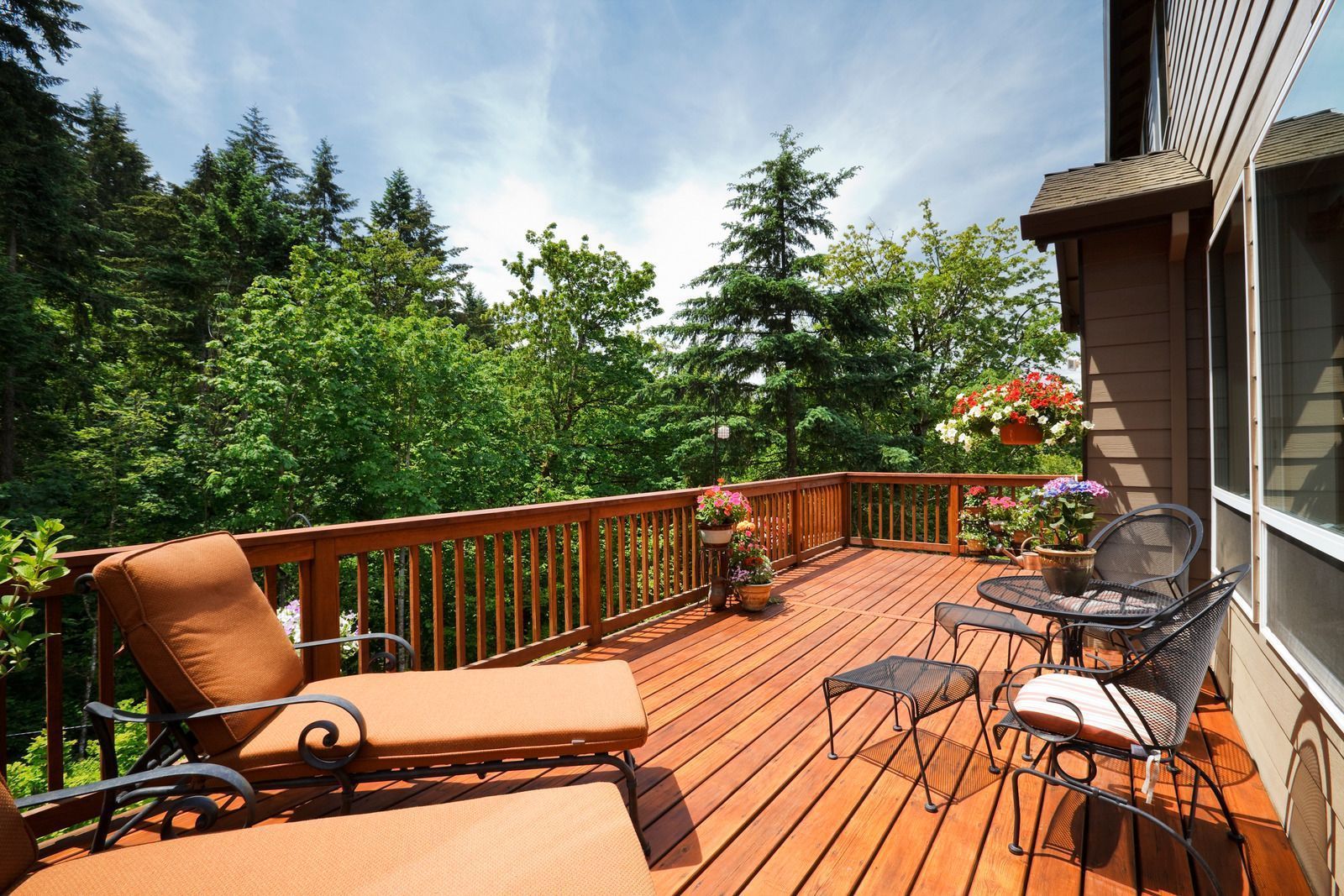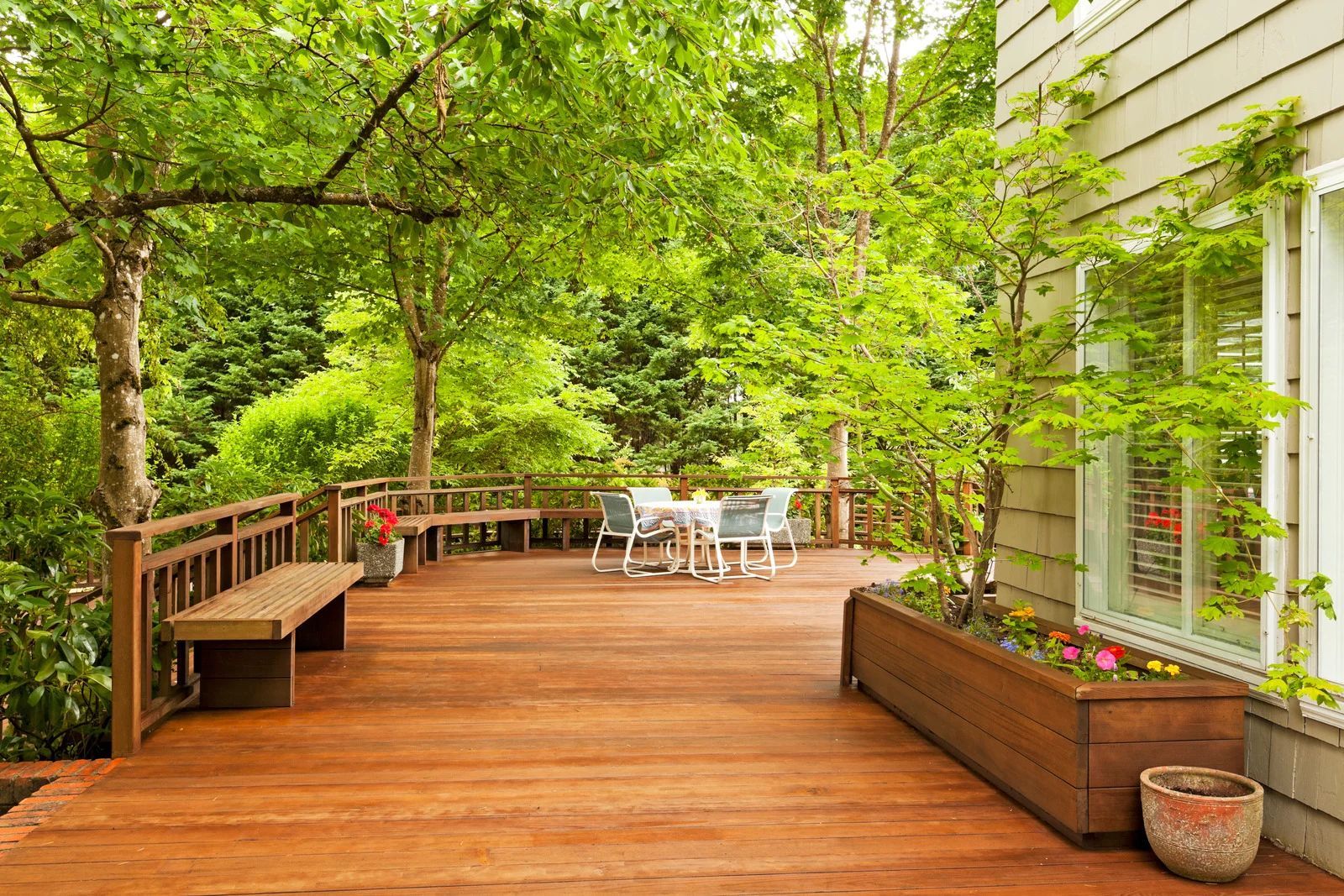Deck Building Mistakes to Avoid for Long-Term Durability
Building a deck is a fantastic way to expand your outdoor living space, but it’s also a major investment. When done right, a deck adds beauty, functionality, and long-term value to your home. However, common mistakes during the construction process can lead to costly repairs, premature aging, and even safety issues. Whether you’re going the DIY route or hiring professionals, knowing what to avoid is just as important as knowing what to do.
Many homeowners unknowingly make decisions that compromise their deck’s structural integrity from day one. Issues like improper material selection, lack of ventilation, or neglecting local codes can lead to expensive setbacks. A durable deck starts with knowledge, planning, and precision. Understanding what not to do is the first step toward a long-lasting and safe outdoor space. In this blog, we’ll highlight the key deck-building mistakes you should avoid to ensure your investment stands the test of time.
1. Skipping Proper Footings and Foundations
Many homeowners overlook the importance of solid footings. A deck must be built on a sturdy, level foundation to prevent sagging, tilting, or even collapse. Poorly installed or undersized footings can lead to structural instability, especially in areas with shifting soil or heavy rainfall.
2. Using Low-Quality or Improper Materials
Opting for cheaper lumber or neglecting pressure-treated wood can severely shorten the lifespan of your deck. Materials not rated for outdoor use are prone to rot, insect infestation, and weather damage. Always choose high-grade, weather-resistant lumber and fasteners designed for exterior conditions.
3. Ignoring Ventilation and Drainage
Trapped moisture is a major enemy of wooden structures. Failing to design your deck with proper airflow and drainage can lead to wood rot and mildew. Make sure there’s enough space between boards and underneath the deck to allow for air circulation and water runoff.
4. Inadequate Fastening Techniques
Using the wrong screws or nails, or not enough fasteners, can cause structural weaknesses and board warping. Galvanized or stainless steel hardware should be used to prevent rusting, and fasteners should be installed correctly to keep everything secure over time.
5. Not Following Local Building Codes
Building codes exist to ensure safety and longevity. Skipping permits or not adhering to code requirements can result in fines, forced rebuilds, or unsafe conditions. Codes often dictate post spacing, railing height, stair dimensions, and more, so staying compliant is essential.
6. Poor Maintenance Planning
Even a well-built deck requires ongoing care. If your deck isn’t designed with easy maintenance in mind—like accessible joists for inspection or finishes that are easy to clean—it may fall into disrepair faster than expected. Consider how the design will age and plan accordingly.
Build with Confidence, Build with Creative Design of NC
Avoiding these common mistakes will help ensure your deck remains strong, safe, and beautiful for many years to come. At Creative Design of NC, we bring 28 years of expert craftsmanship to every project, focusing on long-term durability and stunning design. Based in Apex, NC, our team ensures every deck is constructed with precision, premium materials, and attention to local building codes. If you're ready to enhance your outdoor living space with a deck built to last, trust the professionals who’ve been doing it right for nearly three decades. Let us bring your vision to life—flawlessly.



